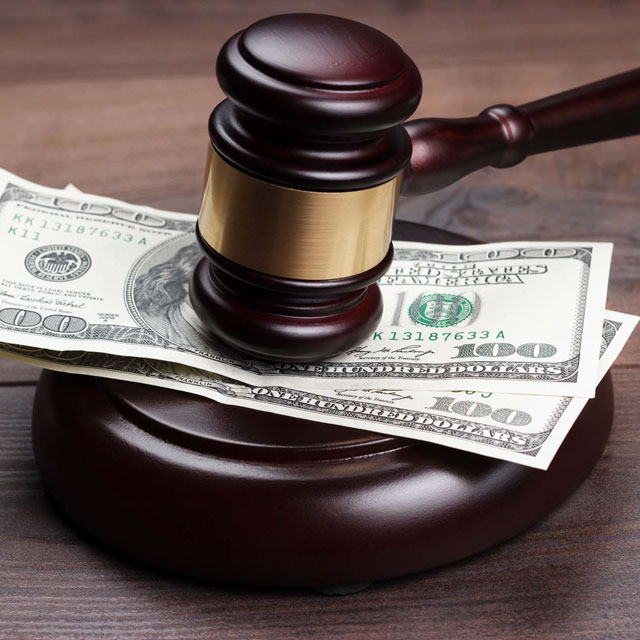10 Worst States for Pension Funding
(Related: Quiz: How Well Do You Know Social Security?)
With low interest rates and market volatility taking a toll on pension asset holdings, pensions are no longer the sure thing many thought they were. In fact, with more and more public pensions suffering as they try to keep up with obligations, the thought of not having enough to live on once they retire is haunting more and more of the millions of public employees who will, and do, depend on those pensions. In fact, with approximately 10,000 Americans turning 65 each day, the day of reckoning draws nearer and nearer. And a day of reckoning it will be, since many public pensions have failed to make obligatory contributions over the years, instead channeling those funds into other projects or simply postponing the inevitable. When that's coupled with poor market returns, the picture is actually dire in some cases. As a result, few states are funded adequately to meet their obligations as their workers retire. In fact, the situation is so dire that, according to 24/7 Wall St, just 2 out of the 50 have reached 100 percent funding as of 2017—the most recent year for which data from The Pew Charitable Trusts are available. Pew finds that overall, the 50 states have an average of only 70 percent of the assets they need to pay out benefits to current or retired employees. And considering the state of some of the states, those with 70 percent are actually on the high end of the scale. 24/7 Wall St looked at all 50 states to see where they stand (or how deeply underwater they are). To come up with its ratings, it drew on data on the average annual benefits payout per public retiree, from the research nonprofit National Institute on Retirement Security, using figures for 2016. It adds that data on the share of the workforce employed in state and local government is from the Bureau of Labor Statistics for 2018. The slides above detail the 10 states in the worst financial shape vis-à-vis pensions. With luck you a) aren't a public employee and b) don't live in one of those states. --- Related on ThinkAdvisor:
© Touchpoint Markets, All Rights Reserved. Request academic re-use from www.copyright.com. All other uses, submit a request to [email protected]. For more inforrmation visit Asset & Logo Licensing.
Featured Resources
View All
Sponsored by Axos Advisor Services
Integrated Banking Solutions: How To Enhance Client Services and Grow Your Business

Sponsored by Optifino
Three Macro Trends Impacting Long-Term Care: Trends, Solutions & Client Conversations

Sponsored by Vanilla
The Missing Piece: Why Advisors Who Skip Estate Planning are Failing Their Clients







